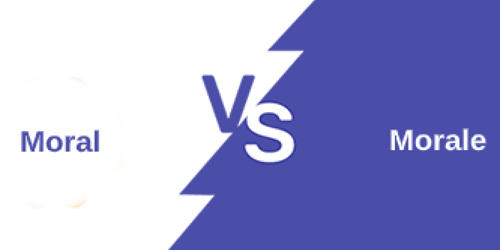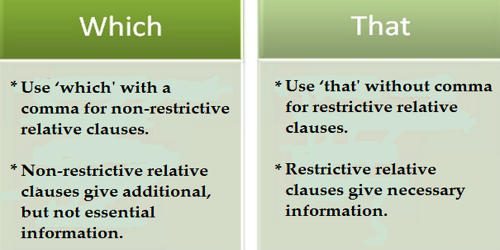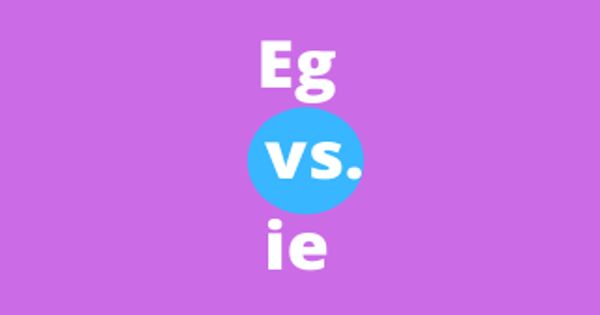Across is movement from one side of an area, surface, or line to the other side. Through is movement from one side of an enclosed space to the other side. Across and through are two most bewildering prepositions which can also be used as an adverb. “Across” and “through” are two words that serve as prepositions. As prepositions, they indicate direction, position, and movement of an object from one place to another. Basically, they refer to the movement from one side to the other. Across, as the name suggests, it is used to talk about the transverse movement of a person or object. As against, through is used to denote a movement from one side of the passage, towards the other side. In general, “through” implies entering the middle of something and then going out the other side, whereas “across” implies crossing the middle, but not necessarily going in the thing you’re crossing.
Example:
We walked across the park / We walked through the park.
They drove across the city / They drove through the city.
At first instance, the two sentences often appear the same to us, but if you check their literal meaning, then you will understand the real difference between these two. In the first example, the word ‘through’ means by way of, whereas in the second example ‘across’ means side to side.
Dissimilarities between Across and Through
Across
- Across refers to the movement of someone or something on, at, to, or from the other side. We use it across as a preposition (prep) and an adverb (adv). Across means on the other side of something, or from one side to the other of something which has sides or limits such as a city, road or river:
- Across, as the name signifies, it indicates the crosswise, arrangement, or movement of something, i.e. from one end or side to the other.
- As a preposition, across tells you the position of an object which is on the opposite end or direction, and you need to travel some distance to reach there.
- It is used to explain the overall picture, wherein there is a straight path between the two ends, extending at a distance on the flat surface.
Through
- Through implies the movement of someone or something from one side to another, in an enclosed space. When we talk about movement from one side to another but ‘in something’, such as long grass or a forest, we use through instead of across.
- On the other hand, the word through refers to in and out of something which is an enclosed space.
- As an adverb, through means fully, backward, and forward, while as a preposition it means in an out of a place. It can also be used as an adjective, ‘through’ implies completion of something.
- It is the process of movement from one point to another, wherein the moving person or object is “in something”, in essence, the movement takes place in a hollow enclosed area wherein there are limits on top, bottom, and sides, such as long bushes, tunnel, doorway, a crowd of people, forest, etc.
















